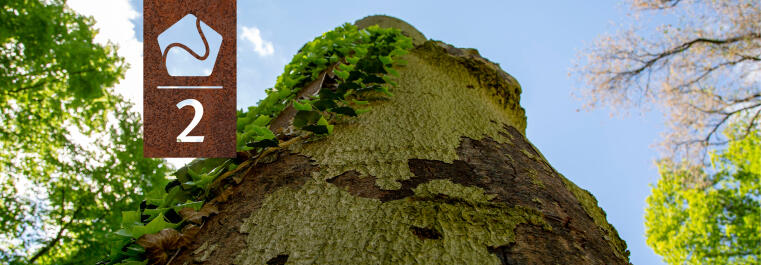

DEAD WOOD MEANS LIFE AND BIODIVERSITY
What we mean by “dead wood” is trees – either standing or lying on the ground – which have died. Dead wood results from several different causes: trees dying of old age, natural disasters such as forest fires or hurricanes, lightning, snow and ice, or other environmental impacts. As you saw at the veteran tree at Stop #1, dead wood is anything but dead. Even after a tree has died, it provides a habitat for beetles, mushrooms and birds, for example. This means that dead wood is an important part of a forest, providing a basis for the existence of many living things.
A habitat for insects
Many insects depend on dead wood in certain phases of decay and decomposition. Ants and butterflies find their habitat here, for example. Many of our species of wasps and bees also need old wood and dead wood for their survival. Wasps, for example, use wood as material for building their nests, and many bees live or hibernate in dead tree trunks.
Many types of beetle live on wood in various stages of decay. Here in this garden you can find the wasp beetle (Clytus arietis), the black-headed cardinal beetle (Pyrochroa coccinea) and the spotted longhorn (Rutpela maculate). Also, dead wood provides a winter home for a whole range of beetles – including many ladybirds, for example.
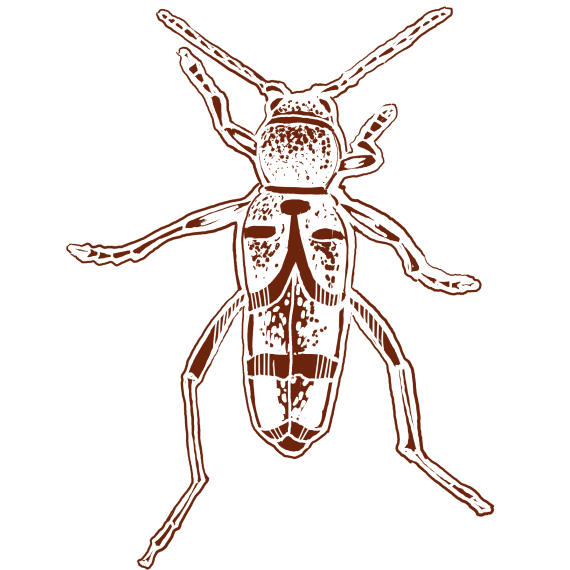
© Robert Matzke Wasp beetle
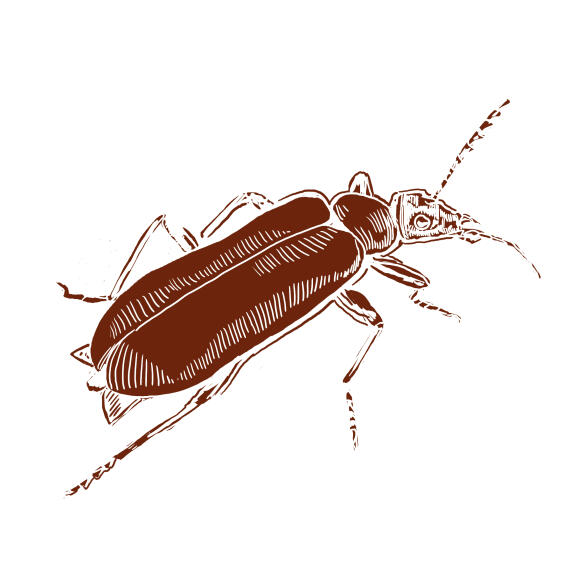
© Robert Matzke Black-headed cardinal beetle
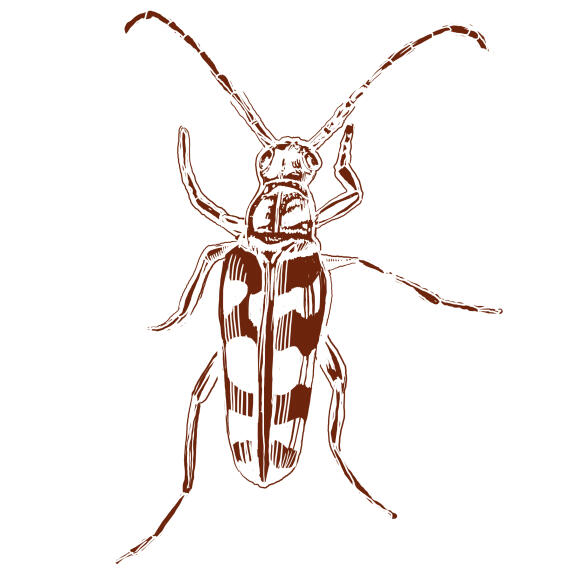
© Robert Matzke Spotted longhorn
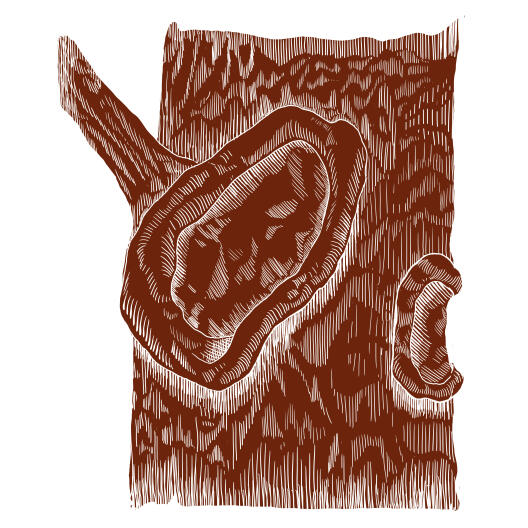
Injuries
Take a close look at the trunk of the copper beech. Do you notice anything strange? The so-called tree-wound tissue can be seen quite clearly. Any idea what might have occurred here? About 20 years ago, a thick branch was sawn off. During the healing process, the copper beech sealed off this wound on the outside by means of this callus, the wound tissue. This process to protect against infection is very similar to the way scabs are formed in humans.
WHAT'S THE ANSWER?
1. Which animals and insects do you know of which use “mimicry”?
2. How many species of animals and plants are dependent on dead wood for their habitat and as a source of food?
SOLVING
1. Many living things camouflage themselves or imitate others in order to deceive their enemies or attract prey.
Here are some examples:- The bush cricket looks like a leaf, which means it can make itself invisible to its enemies.
- Frogfishes have a small piece of skin on their dorsal fin which wriggles back and forth, imitating a worm or a small fish. This enables the frogfish to attract prey towards its mouth when it then pounces extremely quickly.
- With its black and yellow colouring, the harmless hoverfly looks like a wasp and is therefore avoided by predators.
- Caterpillars and butterflies often have large markings on their wings which, from a distance, look like eyes. This deters birds, for example, which assume they’re seeing a different – and larger – animal.
2. Over 6,000 species! These include around 1,200 beetles and 2,500 mushrooms.

